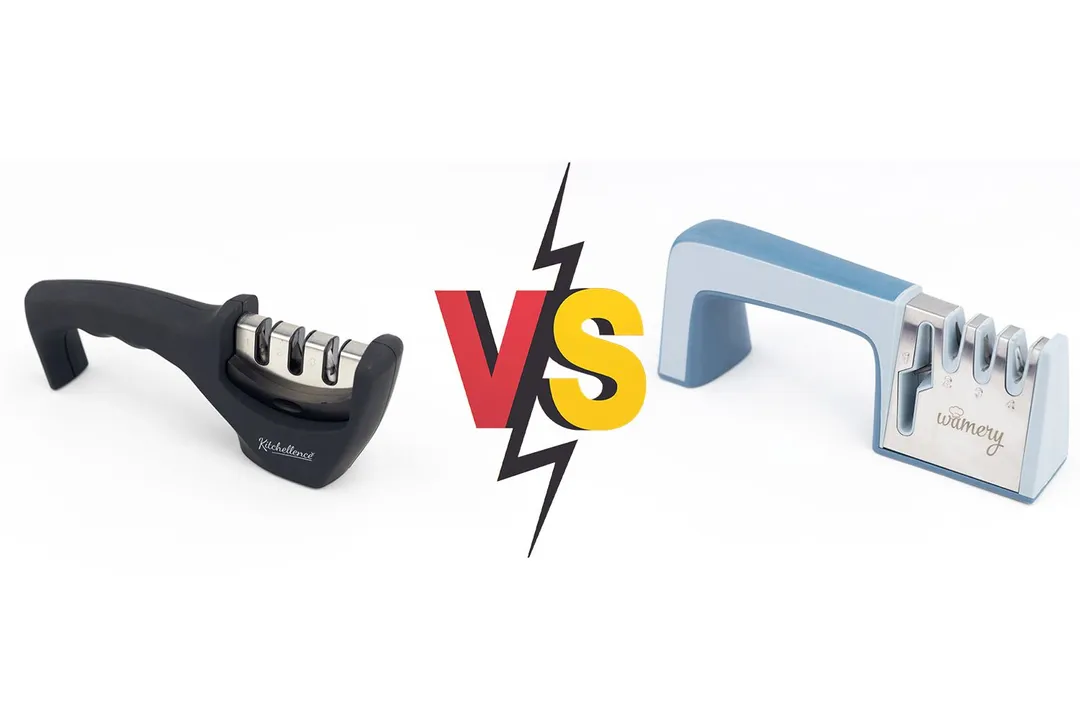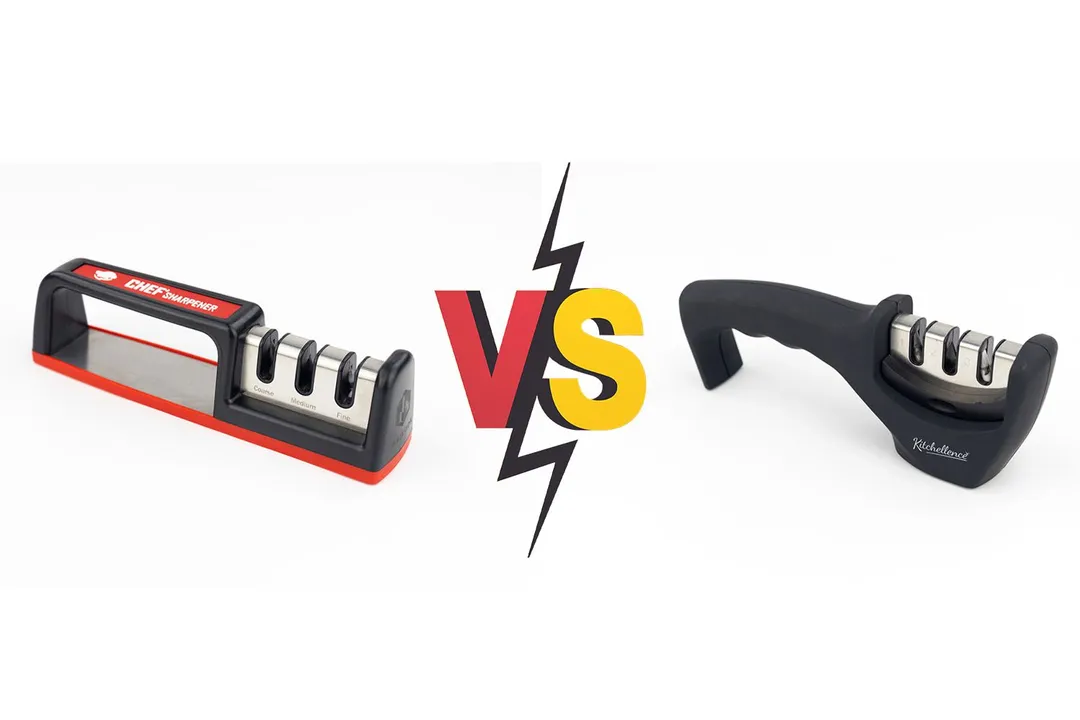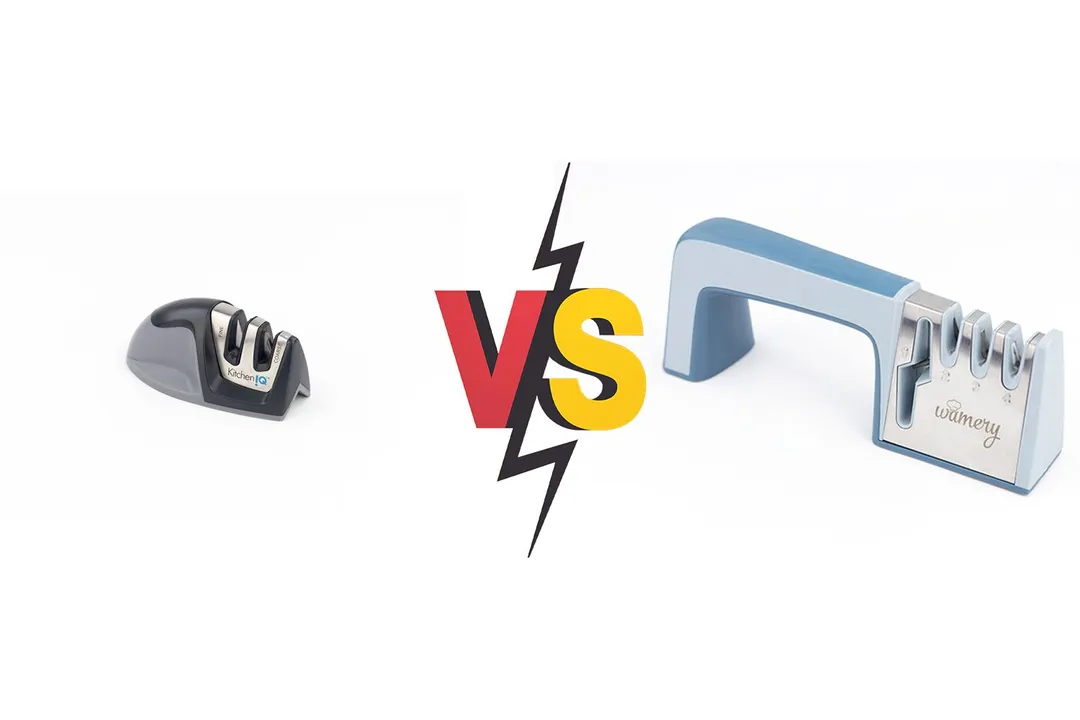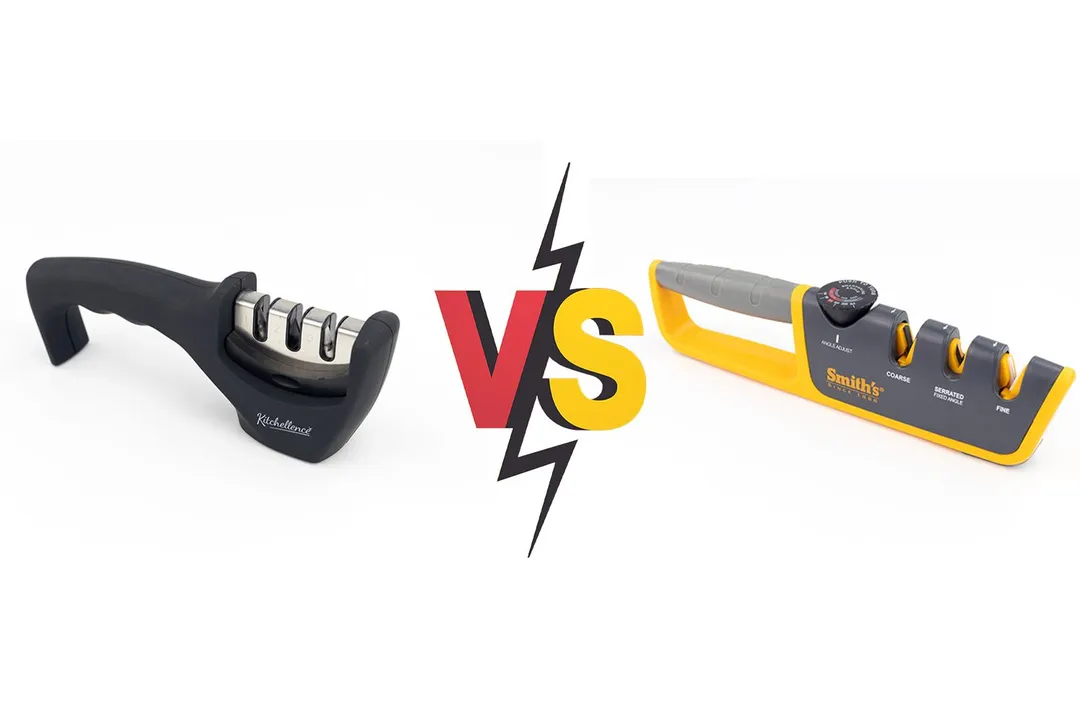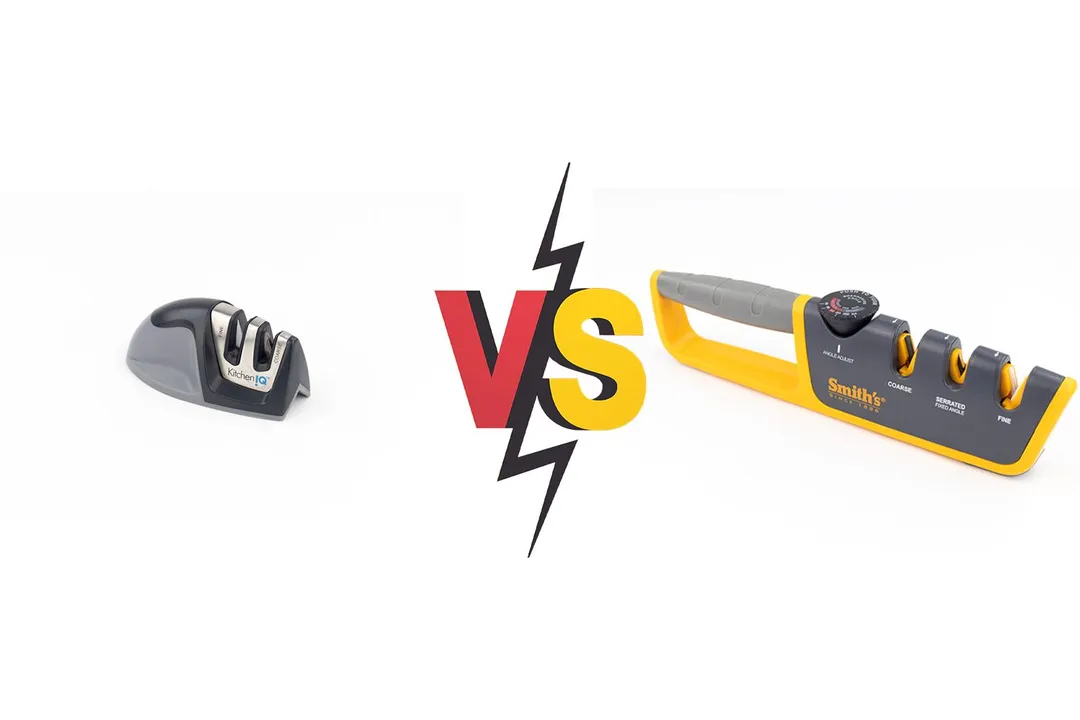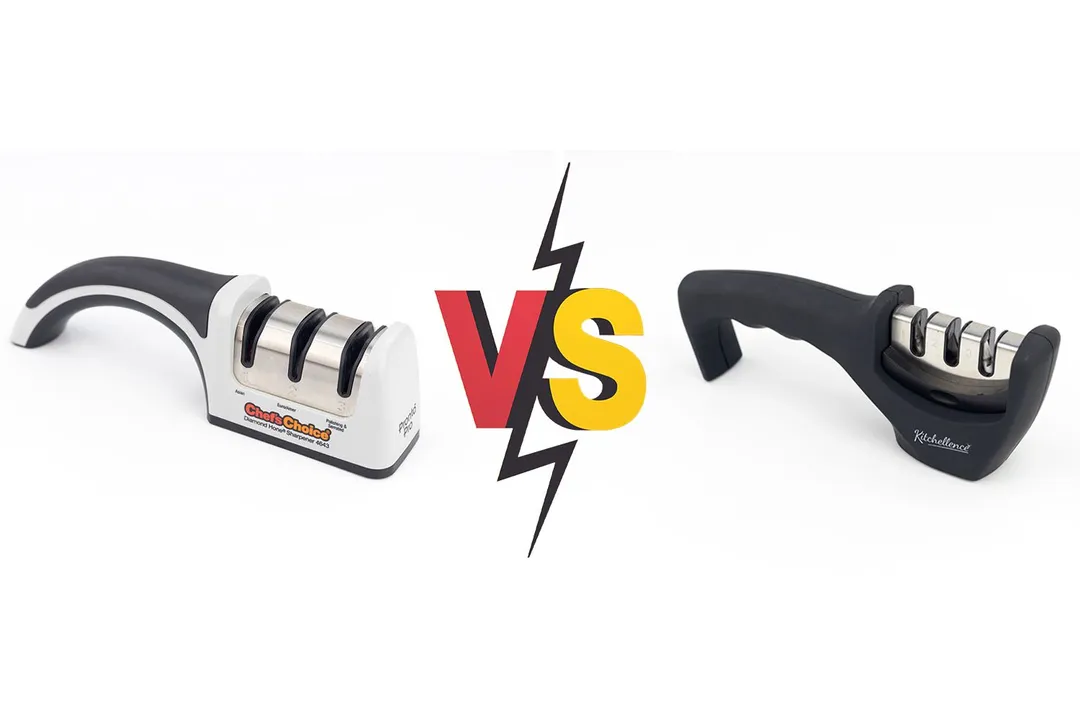Our recommendations are made independently through Research & Testing. We may receive commissions from purchases made via our links.
KitchenIQ 50009 Manual vs Kitchellence 3-Stage Manual Side-by-Side Comparison
We compared the KitchenIQ 50009 with the Kitchellence Sharpener after putting them both through a series of tests. Here’s what we found.
KitchenIQ 50009
Tested Using Methodology v1.1Kitchellence 3-Stage
Tested Using Methodology v1.1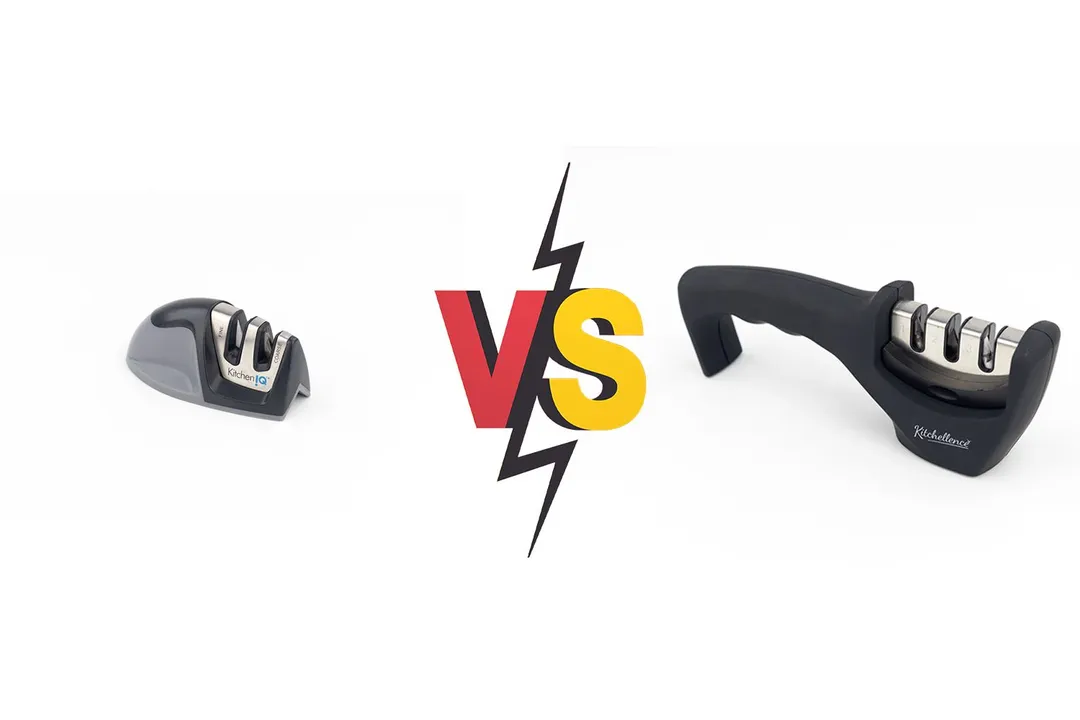
Overall Verdict
It may cost a few dollars more, but we’d pick the Kitchellence over the KitchenIQ every time.
The KitchenIQ is made with durable materials giving it a strong build. Its ability to stay on an edge also garners extra points. However, its performance was far behind the Kitchellence’s and below average in all aspects. Its small size, while appealing as an on-the-go sharpener, also makes it a little awkward and potentially dangerous to use.
The Kitchellence, on the other hand, scores well on size, design, and build quality. It takes its time to do the business, but in the end, offers decent sharpness and a smooth edge. The device also removes much less material from the knife edge compared to the KitchenIQ.
Pros & Cons
- Easy storage
- Affordable price
- Base works on both counter edge and flat surfaces
- Simple, sturdy design
- Easy to use, intuitive design
- Soft, comfortable finish
- Extra weight near the base for stability
- Affordable price
- Included glove for added safety
- Awkward small size
- Long sharpening time
- Tapered base
- Awkward base pad
Key Specs
Where to Buy
*You help support HealthyKitchen101's product testing and reviews by purchasing from our retail partners.
Analysis and Test Results
Performance
Sharpening Time to Cut a Lemon
Material Retention


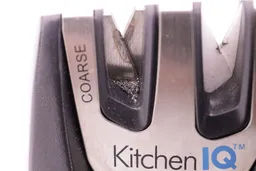
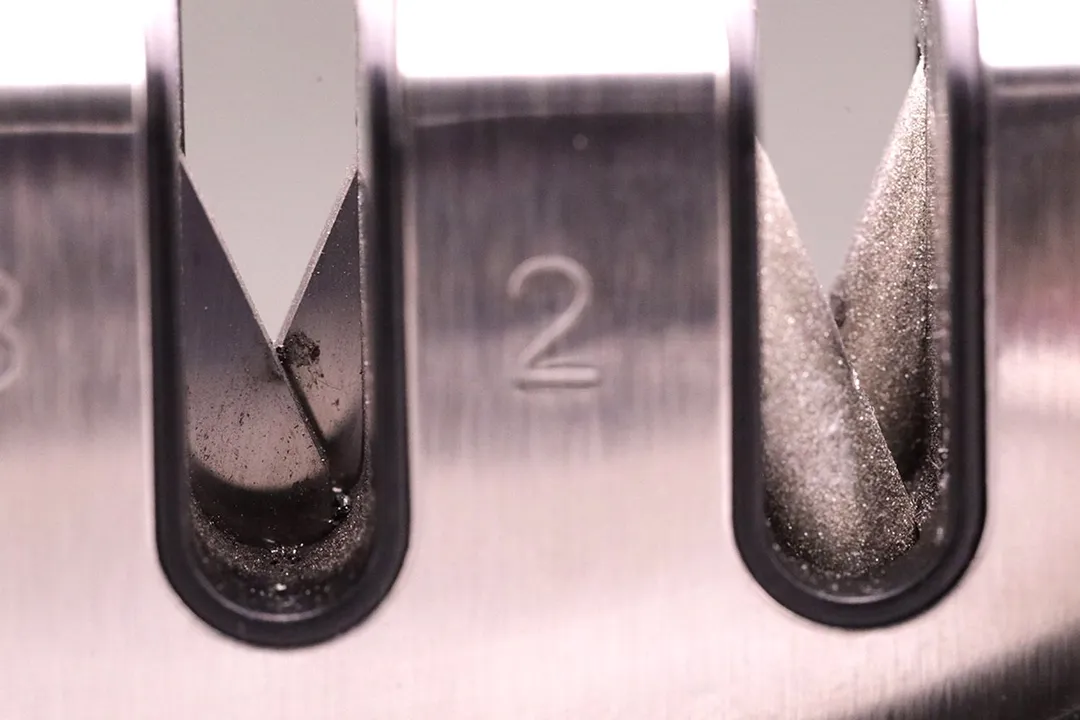

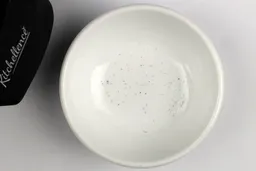
Maximum Sharpness Achieved
Edge Smoothness
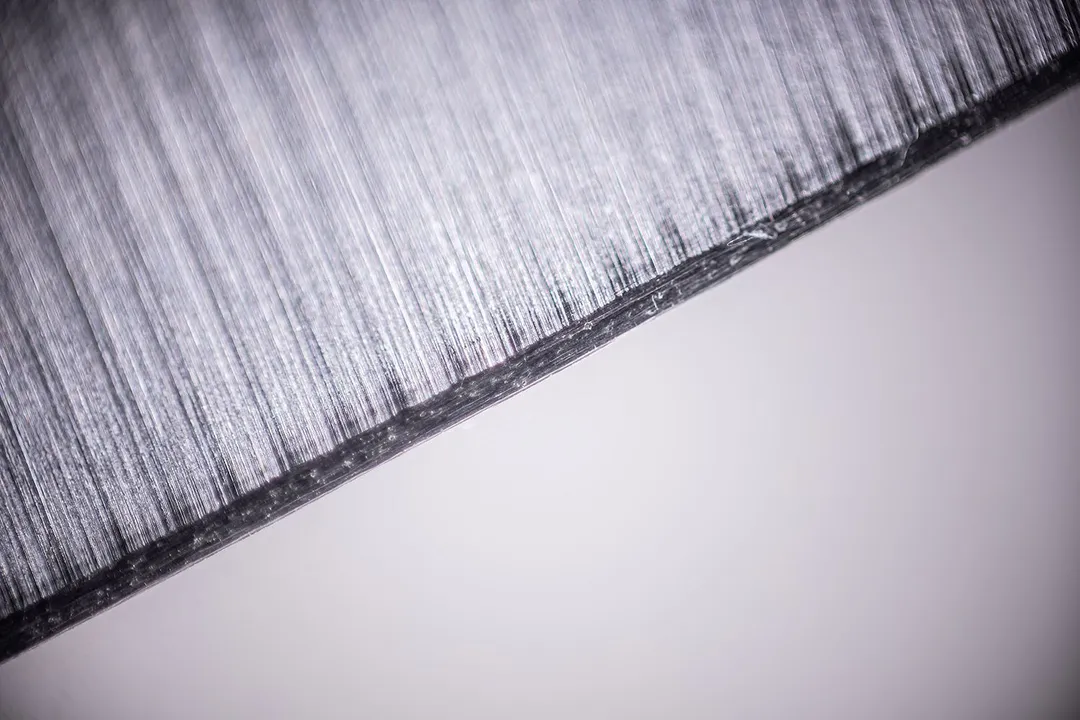
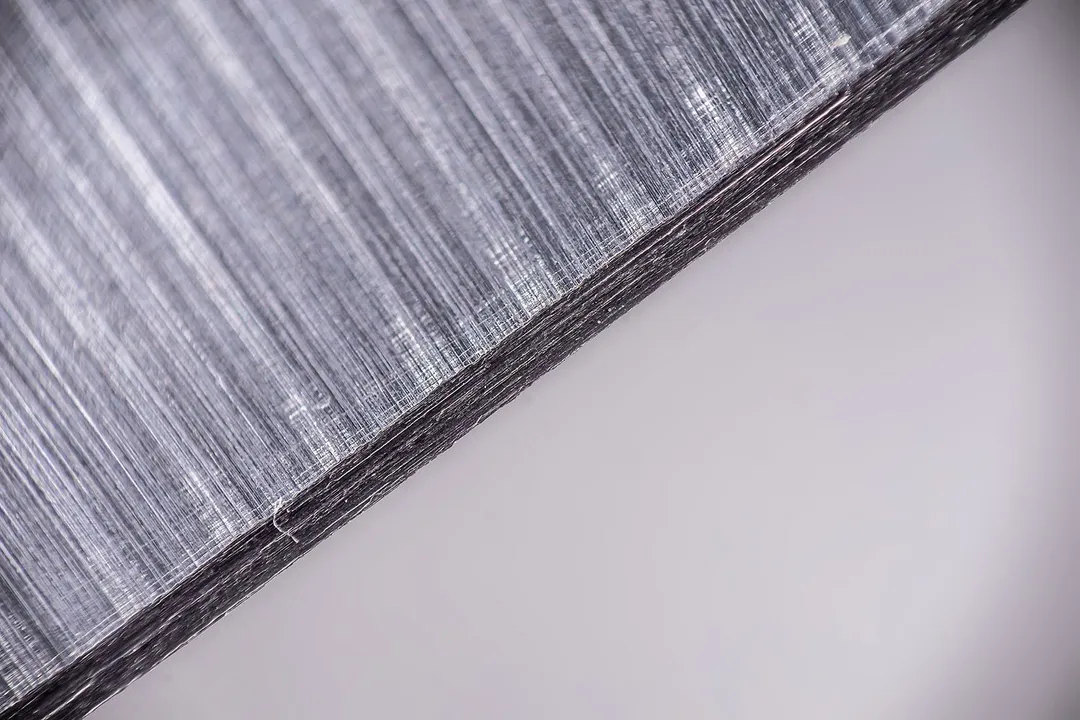
Design
In the Box
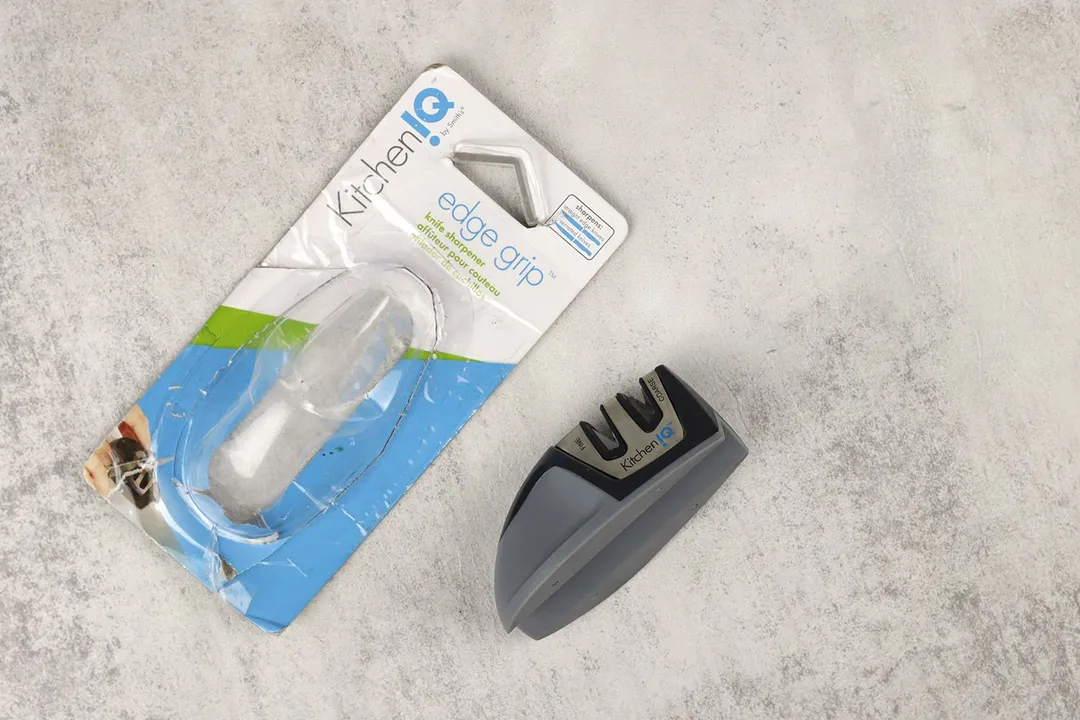
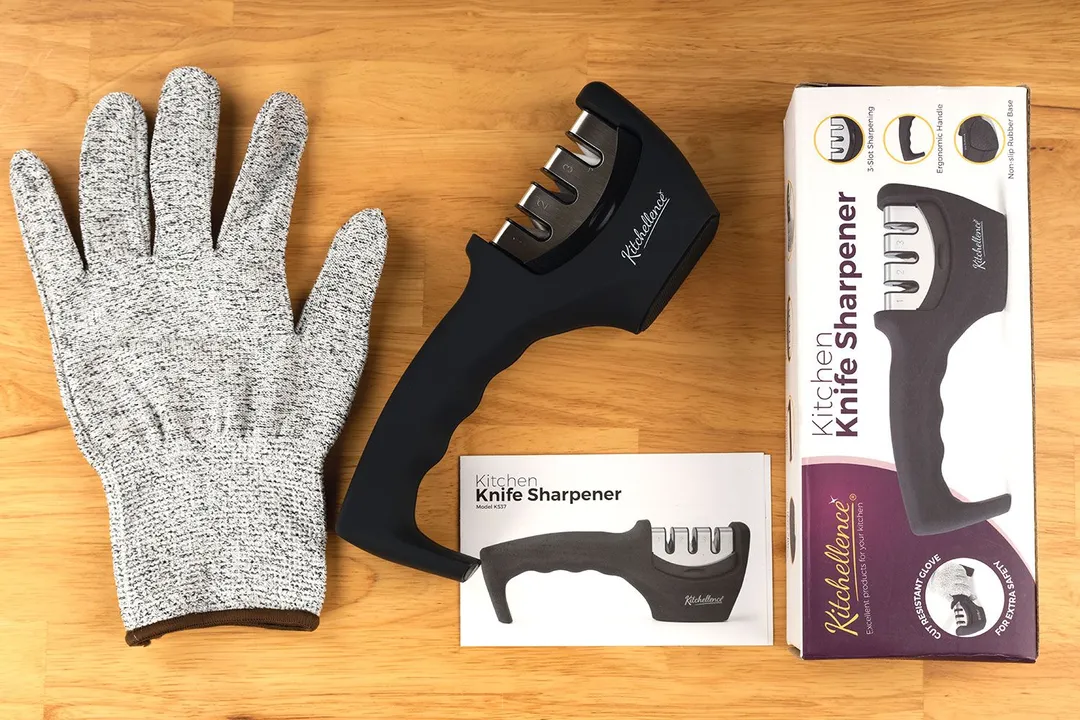
Dimensions
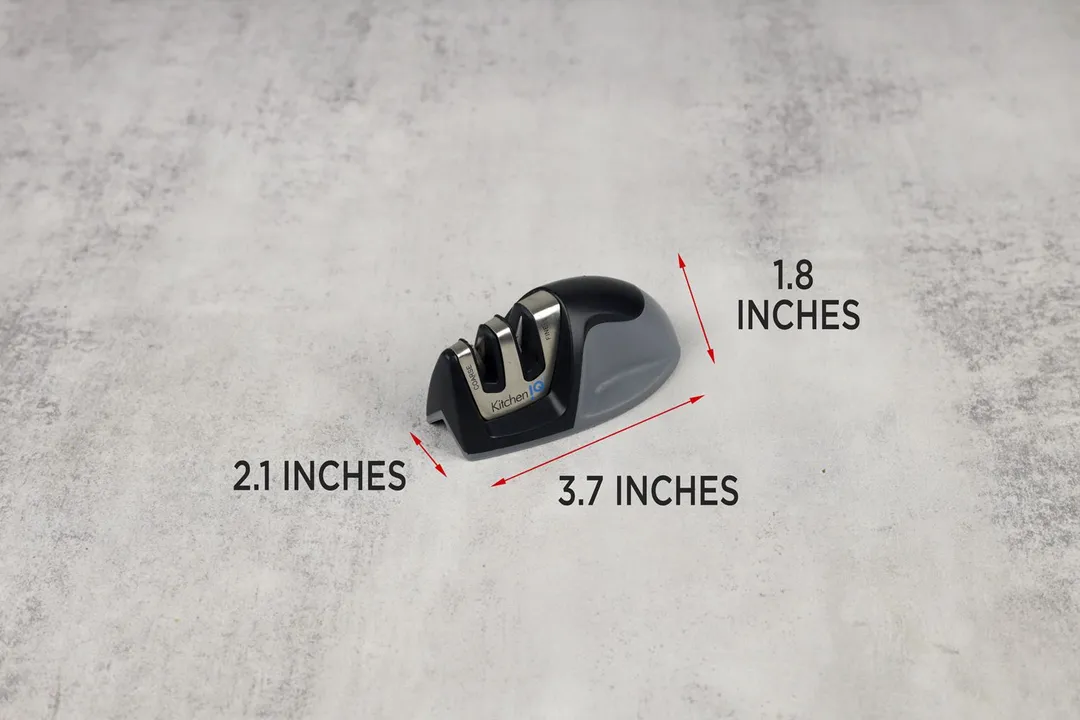
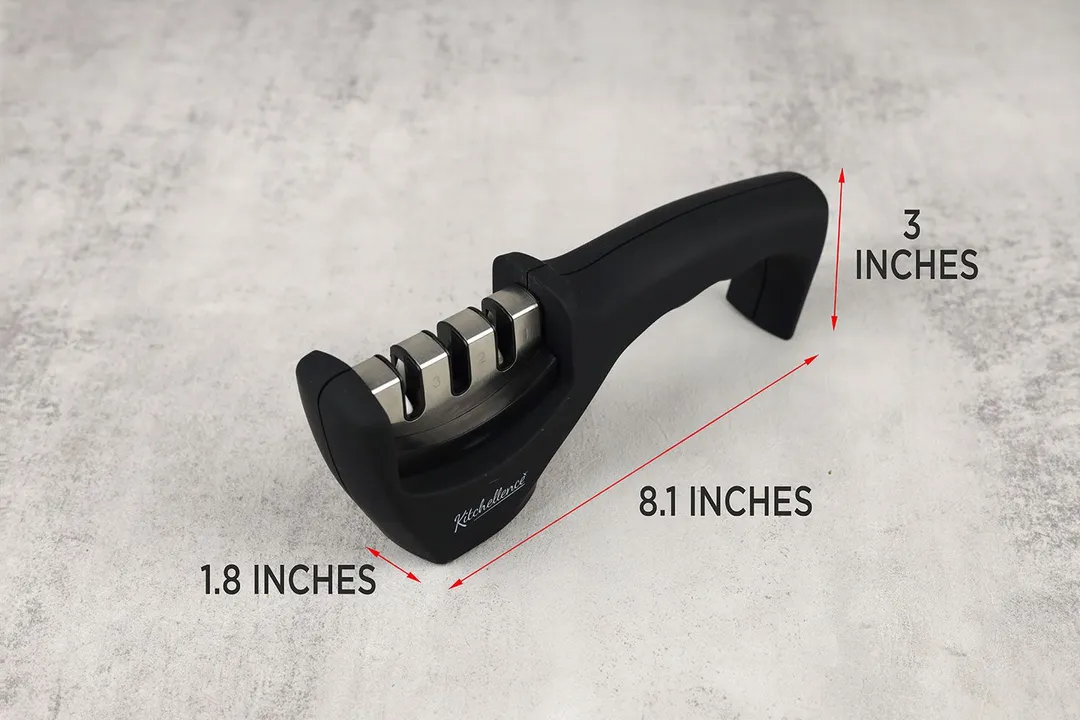
Build Quality

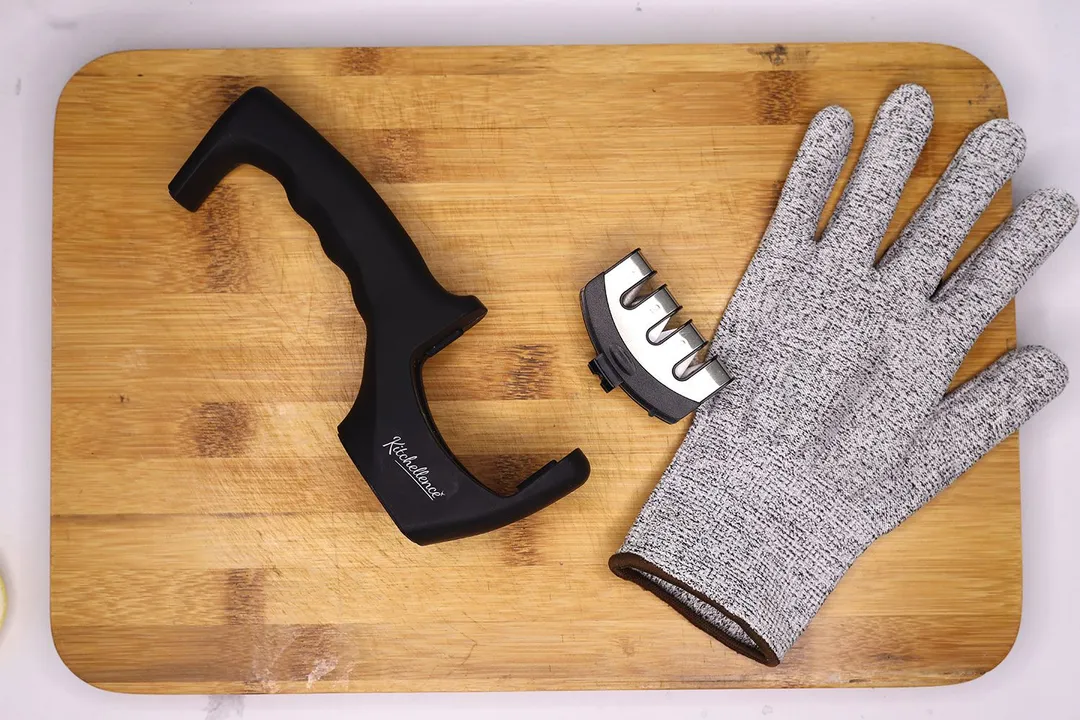
Working Section
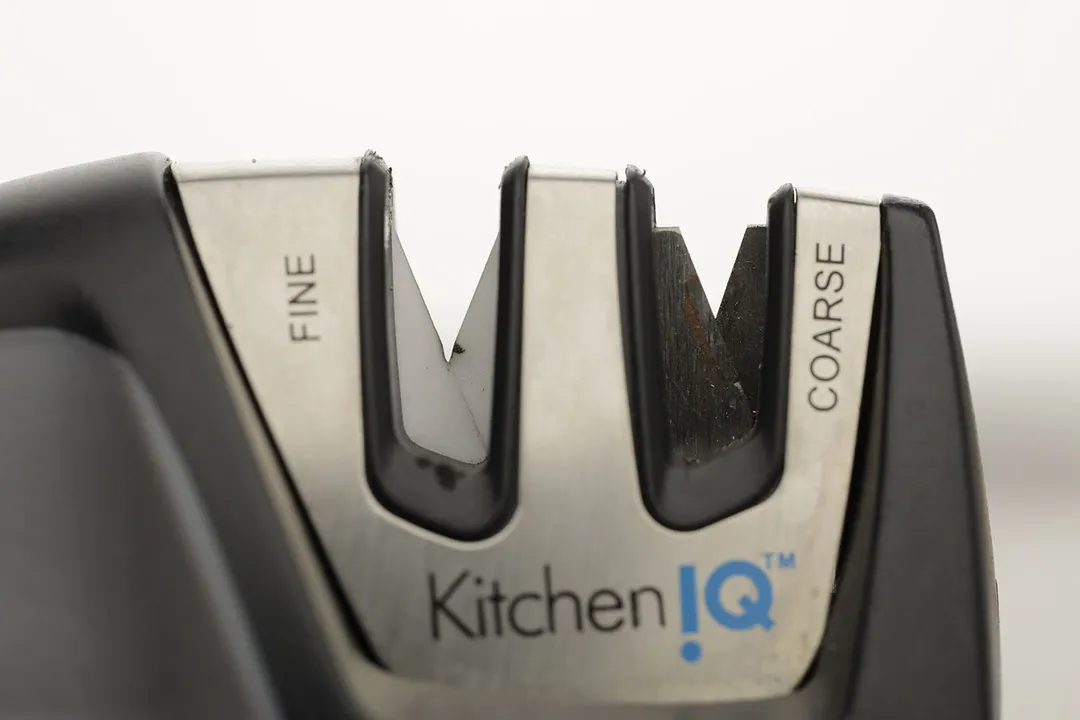
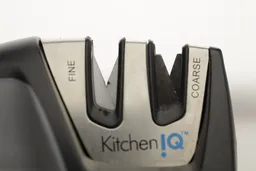

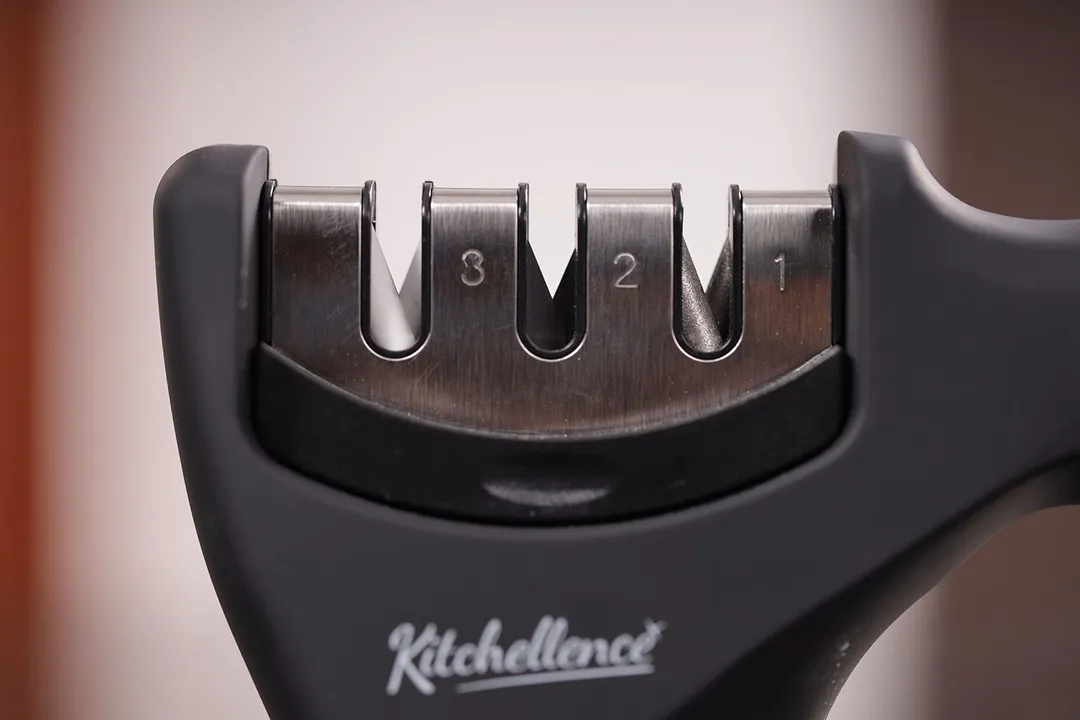
Base
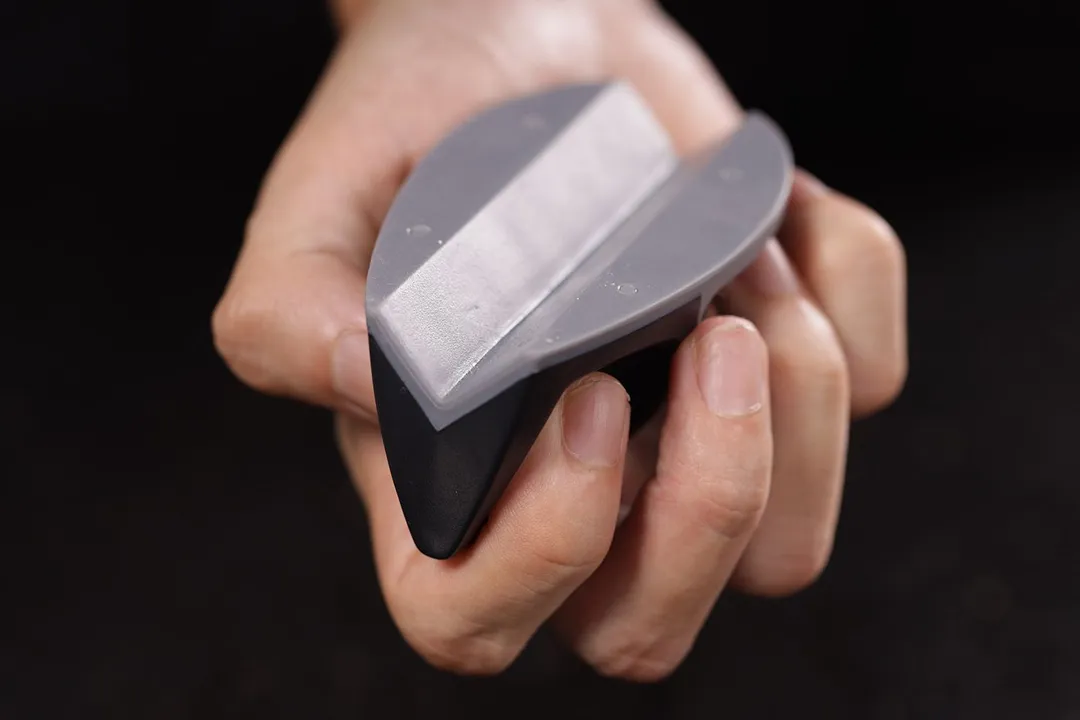
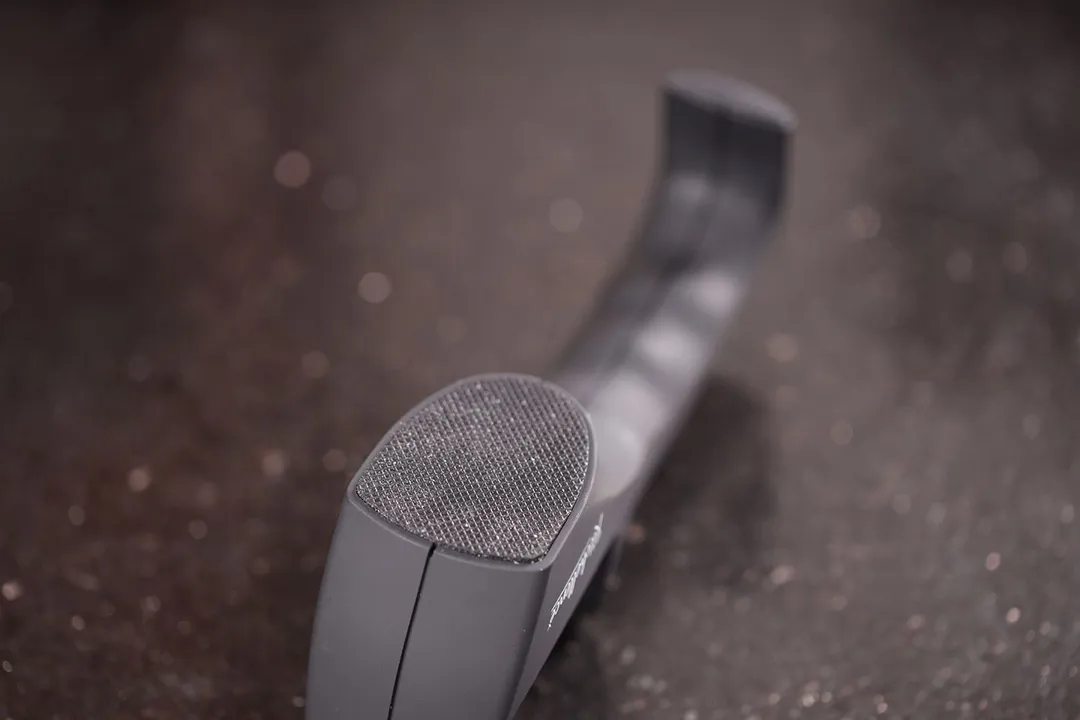
Grip
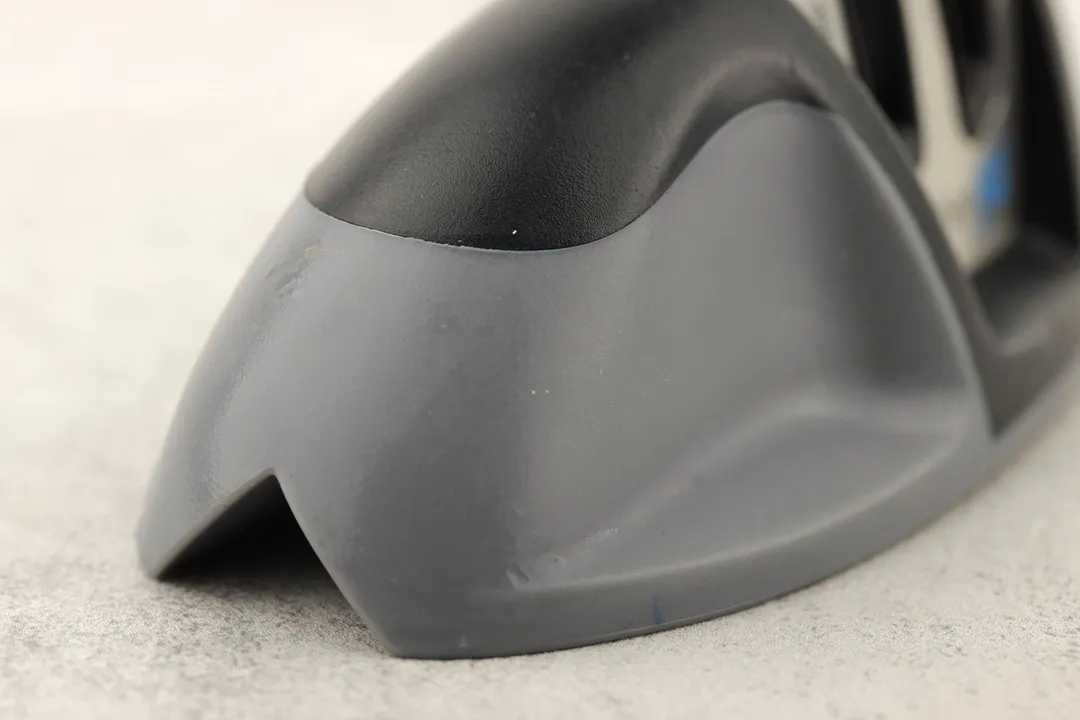

Usability
Slot Arrangement
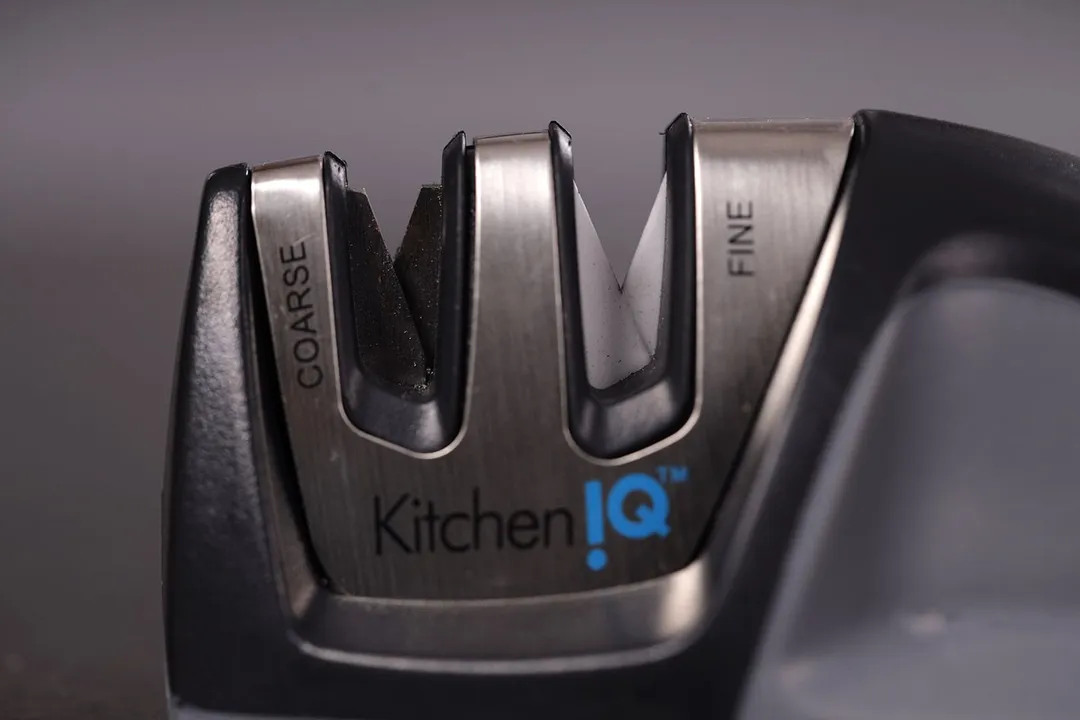

Insertion
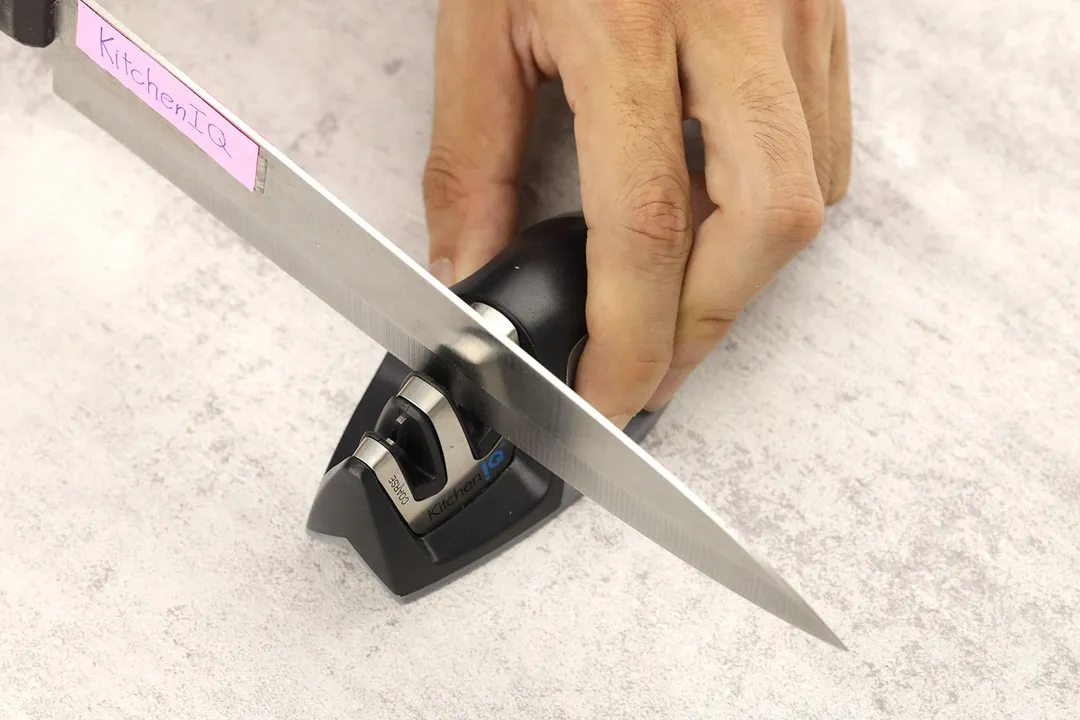
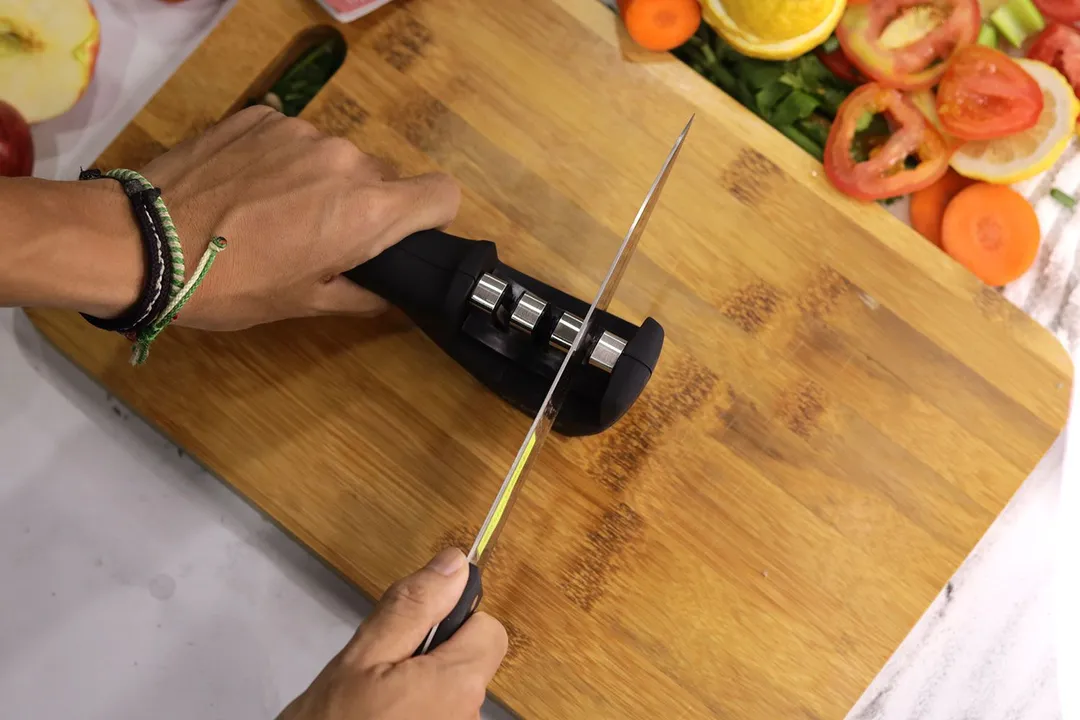
Pulling Through
Stability on a Clean Surface


Stability on a Wet and Dirty Surface
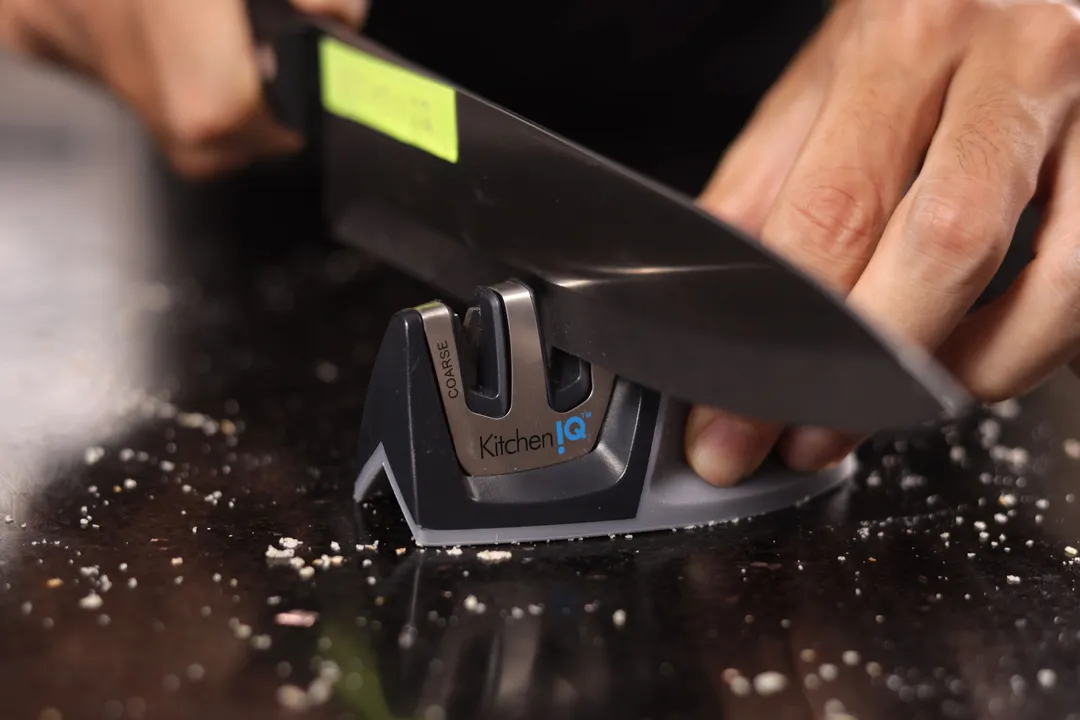

Behind the Comparison
Anh Ngo is a writer with 9 years experience at different media outlets, covering from public news and events to product testing and analysis. At HealthyKitchen101, she works across different departments, communicating closely with its network of writers, editors, and health, tech, and search engine experts to provide a meaningful and pleasant reading experience for visitors.
Lap is Head of the Research, Testing, and Review Team (RTR Team) at HealthyKitchen101.com, where he directs and supervises the testing of kitchen gadgets and appliances.
Nguyen Ntk is a graphic designer, photographer, and videographer whose philosophy centers around respecting and celebrating the beauty of reality. Through his lenses, Nguyen strives to capture the true essence of objects and events, showcasing and highlighting authentic features without distortion or exaggeration.



